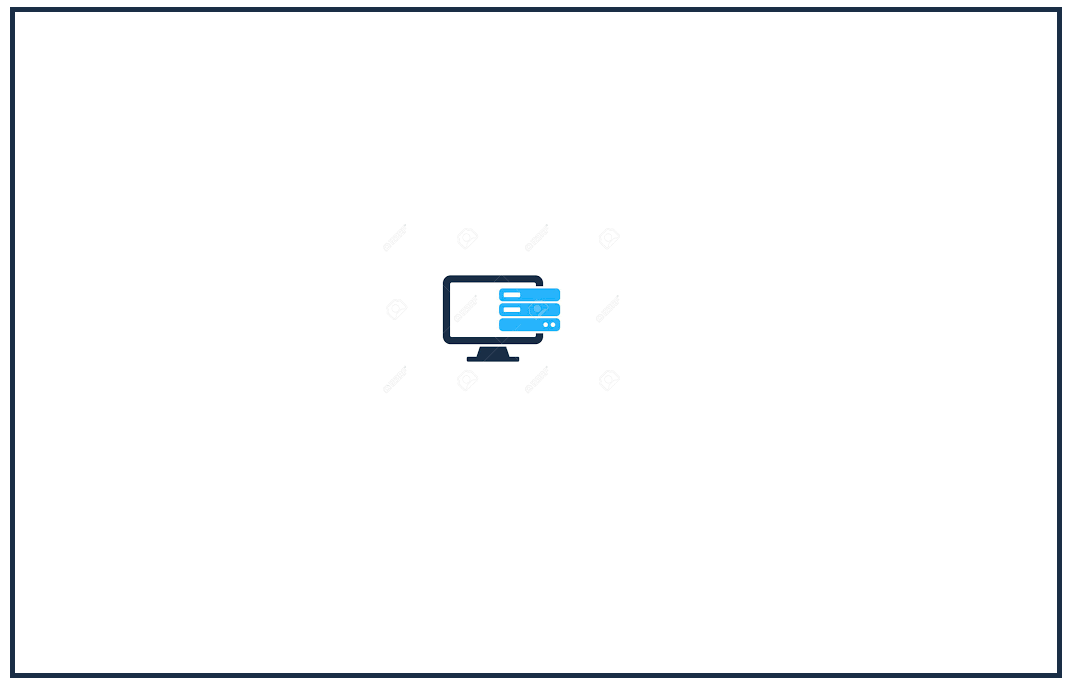AMPPS is a web server that allows users to create web apps using PHP on their computers. You will be able to create, test, and troubleshoot applications written in these programming languages after completing this project, which covers Apache, MySQL, MongoDB, PHP, Perl, and Python.
This application allows several MySQL databases to operate together and introduces numerous substance administration frameworks such as WordPress and Joomla, as well as access pull arrangements and settings for each module.
It is compatible with Windows, Mac OS, and Linux. You may also improve your Installations with a single click with its assistance. Download AMPPS to get started building websites, and you’ll be up and running within 5 minutes.
There are up to 10 AMPPS Alternatives. It has features like App Development, Development and Java-development. The best alternative to AMPPS is xampp, which is Free. The other best apps like AMPPS are WampServer, EASYPHP, and Desktop Server.
Pricing
AMPPS Information
10 Best AMPPS Alternatives
1: xampp
XAMPP is a software solution that allows you to set up a local development server on your PC (Windows, Mac, or Linux), enabling you to write, test, and troubleshoot code before deploying it live. This tool simplifies website and web application development by providing an all-in-one package to streamline local development.
2: WampServer
WampServer is a Windows-based development environment that lets you build web applications using Apache, PHP, and MySQL. It includes PHPMyAdmin and SQLite Manager for database management, and it installs automatically, allowing you to tweak your server without editing configuration files manually.
Advertisement
3: EASYPHP
EASYPHP is a tool that allows you to run a local web server on your PC for web app development before deployment. It comes equipped with Apache, PHP, MySQL, phpMyAdmin, and Xdebug. A key advantage of EASYPHP is its portability, enabling you to run it from a USB drive or restart from scratch anytime.
4: Desktop Server
Desktop Server is a leading tool used for WordPress development and testing. It simplifies WordPress installation and management, automatically configuring files like security keys. Its user-friendly interface is suitable even for beginners, making it a strong alternative to XAMPP.
Advertisement
5: ERBuilder
ERBuilder is a data modeling tool that helps developers create, edit, and analyze databases using entity-relationship diagrams. It features model validation, HTML report generation, and tools for optimizing virtual data. ERBuilder also supports forward and reverse engineering, allowing developers to compare databases and models.
6: MAMP
MAMP is a software tool similar to XAMPP, enabling local web server setup on your home computer. It provides an Apache server with essential modules like SSL, MySQL, PHP, Python, and Perl. The commercial version offers additional features, such as unlimited virtual servers and multiple PHP versions.
Advertisement
7: Laragon
Laragon is a comprehensive local development platform offering a wide array of programming frameworks for efficient development. It is portable, fast, and easy to manage, providing developers with the ability to install, switch, and update dependencies seamlessly. Laragon’s powerful toolkit makes it a favorite among developers for improving productivity.
The Apache HTTP Server is one of the most widely used web servers on the internet, built to enhance the performance of operating systems like Windows and UNIX. It offers a secure and expandable server system that delivers HTTP services in compliance with modern standards, making it a reliable choice for developers and administrators.
9: Zend Framework
Zend Framework is one of the most popular PHP frameworks, providing a rich library to support developers in building powerful web applications. It offers various components like dependency injection and event dispatching, making it a versatile platform for all types of PHP applications.
10: UwAmp Server
UwAmp Server is a user-friendly web server solution that includes SQLite, Apache, and PHP. It requires no extra setup steps, making it easy for users to get started. The tool provides detailed system information and performance reports, all presented through an intuitive interface.










